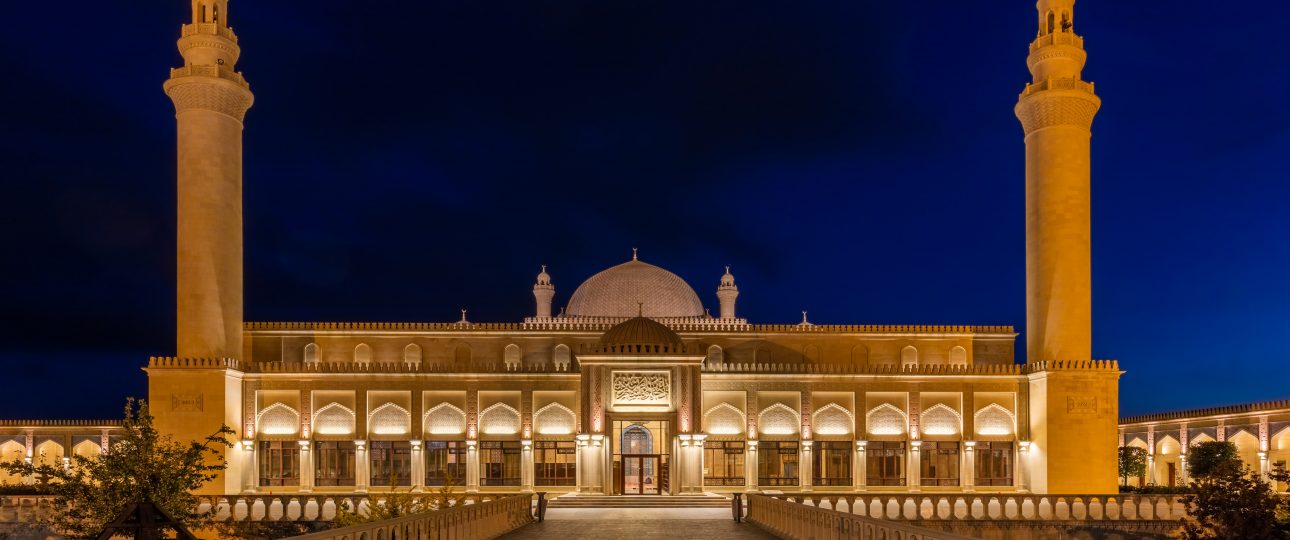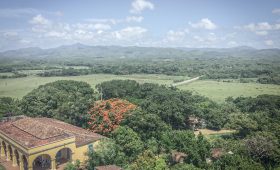The Juma Mosque of Shamakhi: A Historical Landmark in Azerbaijan
Azerbaijan is a country where ancient history meets modern life, and the Juma Mosque of Shamakhi is a prime example of this blend. Located in the city of Shamakhi, this mosque is not just a place of worship but a testament to the architectural and cultural evolution of the region.
Historical Significance
The Juma Mosque of Shamakhi was constructed in 743/744 CE, making it one of the oldest mosques in the Caucasus. It was built during the governance of the Arab commander Maslam ibn Abd-al Melik, under the Umayyad Caliphate. This mosque stands as a symbol of the spread of Islam in Azerbaijan and has witnessed numerous historical events, including invasions and natural disasters.
Over the centuries, the mosque has undergone several reconstructions due to damage from earthquakes and conflicts. Notably, it was rebuilt in the 12th century during the reign of Shirvanshah Manuchehr III, and again in the 17th century under the Safavid dynasty. Each reconstruction added layers of history and architectural detail to the mosque.
Architectural Features
The architecture of the Juma Mosque is a reflection of Islamic design principles. The mosque features intricate geometric patterns and calligraphy that are hallmarks of Islamic art. Its minarets provide a striking view of the surrounding area, and the interior is equally impressive with a spacious prayer hall, high ceilings, and arched windows that allow natural light to fill the space.
Inside, visitors can admire the mihrab, which indicates the direction of Mecca, and the beautifully carved wooden pulpits. The craftsmanship evident in every corner of the mosque speaks to the skill and dedication of its builders over the centuries.
Exploring Shamakhi
While the Juma Mosque is a significant attraction, Shamakhi itself offers much to explore. The city is known for its traditional architecture and vibrant markets. Visitors can enjoy local cuisine, which is rich in flavors and spices, offering a taste of Azerbaijani culture.
For those interested in nature, the surrounding mountains and lakes provide opportunities for hiking and picnicking. The natural beauty of the region offers a peaceful escape from urban life.
Best Time to Visit
The ideal time to visit Shamakhi and the Juma Mosque is during spring and autumn when the weather is mild. Summers can be hot, and winters are cold, so plan accordingly. Remember that the mosque is an active place of worship, so dress modestly and respect local customs.
How to Get There
Reaching Shamakhi is straightforward. You can fly into Baku and take a domestic flight to Shamakhi, which takes about 30 minutes. Alternatively, a scenic drive from Baku offers picturesque views of the Azerbaijani landscape.
Once in Shamakhi, the Juma Mosque is centrally located and accessible by foot or local transportation. Taxis and buses are available for exploring the city and its surroundings.
- The Juma Mosque of Shamakhi dates back to 743/744 CE and is one of the oldest mosques in the Caucasus.
- The mosque’s architecture showcases Islamic design with intricate patterns and calligraphy.
- Shamakhi offers a rich cultural experience with traditional houses, markets, and local cuisine.
- Visit during spring or autumn for the best weather conditions.
- Accessible from Baku by domestic flight or scenic drive.
Including the Juma Mosque in your travel plans offers a glimpse into the rich history and culture of Azerbaijan. It’s a destination that provides both historical insight and natural beauty, making it a worthwhile stop on any itinerary.




